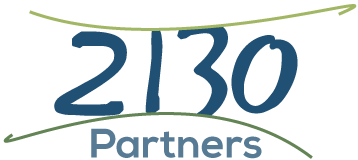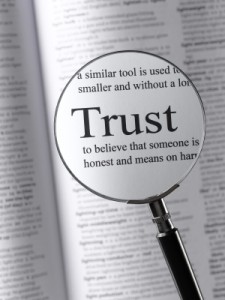 From moment to moment, which comes first with you, the transaction or the person with whom you are dealing? This simple distinction may be impacting your leadership effectiveness, your team’s morale and passion, and any possibility of shared vision. While transaction first is pretty common in the USA, some cultures won't engage with you if you start there.
Recently during dinner with a dear friend who lives on Antigua and manages a drug store, he shared his frustration about how the workers there all believe that relationships come first. Looking through his lens of productivity, it is easy to understand how his employees seemed to have questionable attitudes.
From moment to moment, which comes first with you, the transaction or the person with whom you are dealing? This simple distinction may be impacting your leadership effectiveness, your team’s morale and passion, and any possibility of shared vision. While transaction first is pretty common in the USA, some cultures won't engage with you if you start there.
Recently during dinner with a dear friend who lives on Antigua and manages a drug store, he shared his frustration about how the workers there all believe that relationships come first. Looking through his lens of productivity, it is easy to understand how his employees seemed to have questionable attitudes.
Around the same time I happened to be studying "The Cruising Guide to The Leeward Islands" by Chris Doyle and noted that the author made a very clear point of reminding the reader to start with "good morning" or “good day" before making a request if they wanted to get any cooperation. Given that many of the islands are independent and require paperwork to be completed in three to four different offices including customs, immigration, harbor master or the local police, (both coming and going), it pays to quickly connect with each official.
As I travel internationally I have become hyper aware of this topic and notice in nearly every country, some version of human connection takes place before any transactional conversations take place. For a business deal this may extend to meals, drinking, and socializing together before any business is discussed.
So let's zero in on the "cutting edge" as it were. Let’s consider each interaction in your day as a leader. What mindset do you bring to the engagement? Do your relationships with your people come first or are they tools to be used to get your results as fast as possible? I encourage you to stop for a moment here and really consider this. It’s important. If you recognize in yourself the priority of productivity over personal connection it’s time to pause and reflect.
If people know that you appreciate their feelings, emotions, and purpose or intention, they will feel respected and appreciated and from that place are far more likely to be productive. Does it mean you need to be everybody’s new best friend? Of course not. It actually only takes a minute or so to connect, so what may seem like slowing down to you may, in fact, speed up the amount of productive, error-free work that gets done.
Listen to yourself for the next day or two and maybe even take notes. How often are you making a human connection before a request or moving into business mode? How often do you go right to the transaction, even if you don't know the person at all? Consider how you might increase your satisfaction and the satisfaction of those around you if you pause to remember they are people first, not just transactions

 One of the most remarkable misunderstandings in today’s leadership thinking is the instant, automatic, and unexamined assumption that going faster and faster, doing more and more in less time, leads to success. This is something author
One of the most remarkable misunderstandings in today’s leadership thinking is the instant, automatic, and unexamined assumption that going faster and faster, doing more and more in less time, leads to success. This is something author  “The degree to which you are willing to be open and therefore vulnerable strongly influences the degree to which others feel connected to you, are inspired by you, and are willing to trust you and your leadership.”
When I look back and reflect on my experiences with others’ leadership, a high point occurred while I was on an
“The degree to which you are willing to be open and therefore vulnerable strongly influences the degree to which others feel connected to you, are inspired by you, and are willing to trust you and your leadership.”
When I look back and reflect on my experiences with others’ leadership, a high point occurred while I was on an  So many of the CEOs and Key Executives in my
So many of the CEOs and Key Executives in my  “Bad managers create enormous health costs and are a major source of misery for many people.”-
“Bad managers create enormous health costs and are a major source of misery for many people.”-













